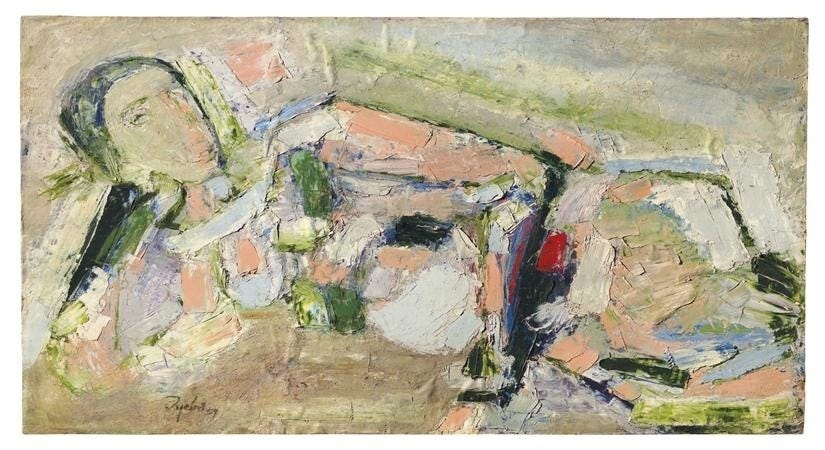Indian Art Auctions Beat Pandemic Gloom
Stay-at-home buyers plug into auctions and boost sales

By: John Elliott
Tyeb Mehta’s figures continue falling, M.F. Husain’s horses prance, F.N. Souza’s faces grimace and S.H. Raza’s Bindus sit squarely in their boxes. The dominance of such works by these highly respected members of Bombay’s mid-late 20th century Progressives Group, with their recognizable brands, has grown during the Covid-19 pandemic as au…
Keep reading with a 7-day free trial
Subscribe to Asia Sentinel to keep reading this post and get 7 days of free access to the full post archives.
